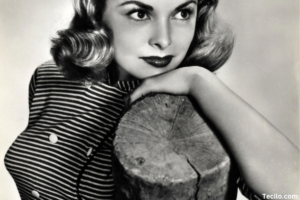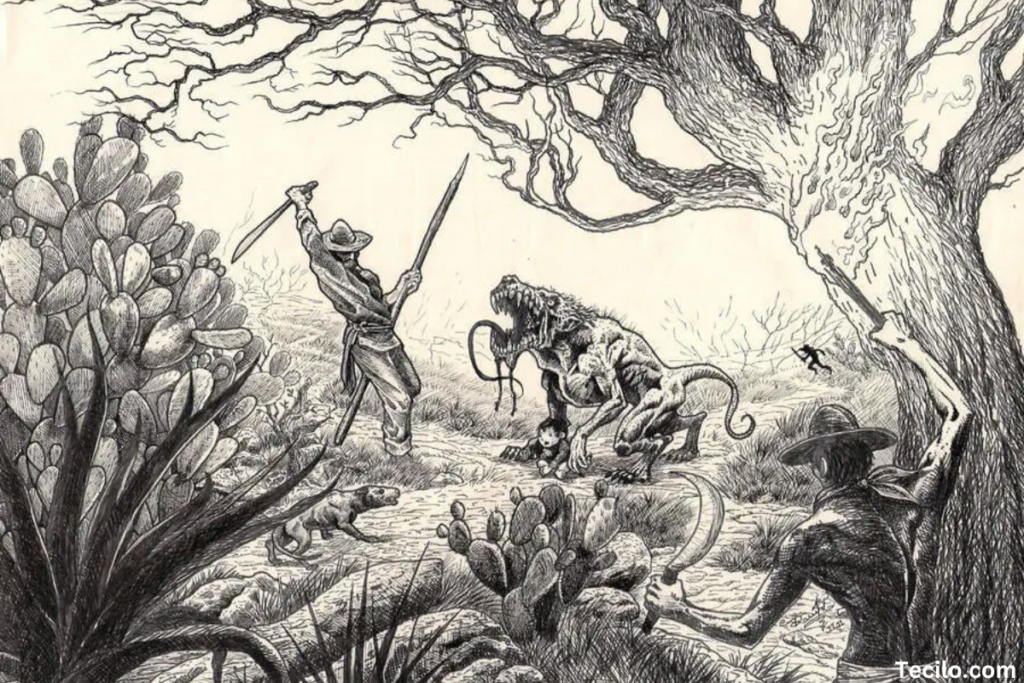
Nahualism is one of the most fascinating and mystical traditions that originated from Mesoamerican cultures. It speaks of an individual’s ability to transform into an animal or their “spirit animal” through a deep spiritual connection. But it’s more than just an ancient belief in shapeshifting—it’s a complex spiritual system with deep ties to nature, the cosmos, and human identity.
In ancient Mesoamerica, they weren’t just seen as an ability to turn into animals but as an essential aspect of the human soul. People believed that each person had them, a guiding spirit animal, which was connected to their fate. Understanding this concept provides a glimpse into how deeply spiritual and interconnected the indigenous cultures of Mesoamerica were with nature.
Origin
The roots of their concept can be traced back to the Olmecs, one of the earliest civilizations in Mesoamerica, around 1500 BCE. Their religious practices greatly influenced later cultures such as the Maya and Aztecs, where nahualism evolved further.
Among the Maya, each person was believed to have a spirit animal that was determined by their birth date according to the Mayan calendar. This idea is also reflected in Aztec mythology, where certain gods and powerful individuals were said to possess the ability to transform into animals or control them.
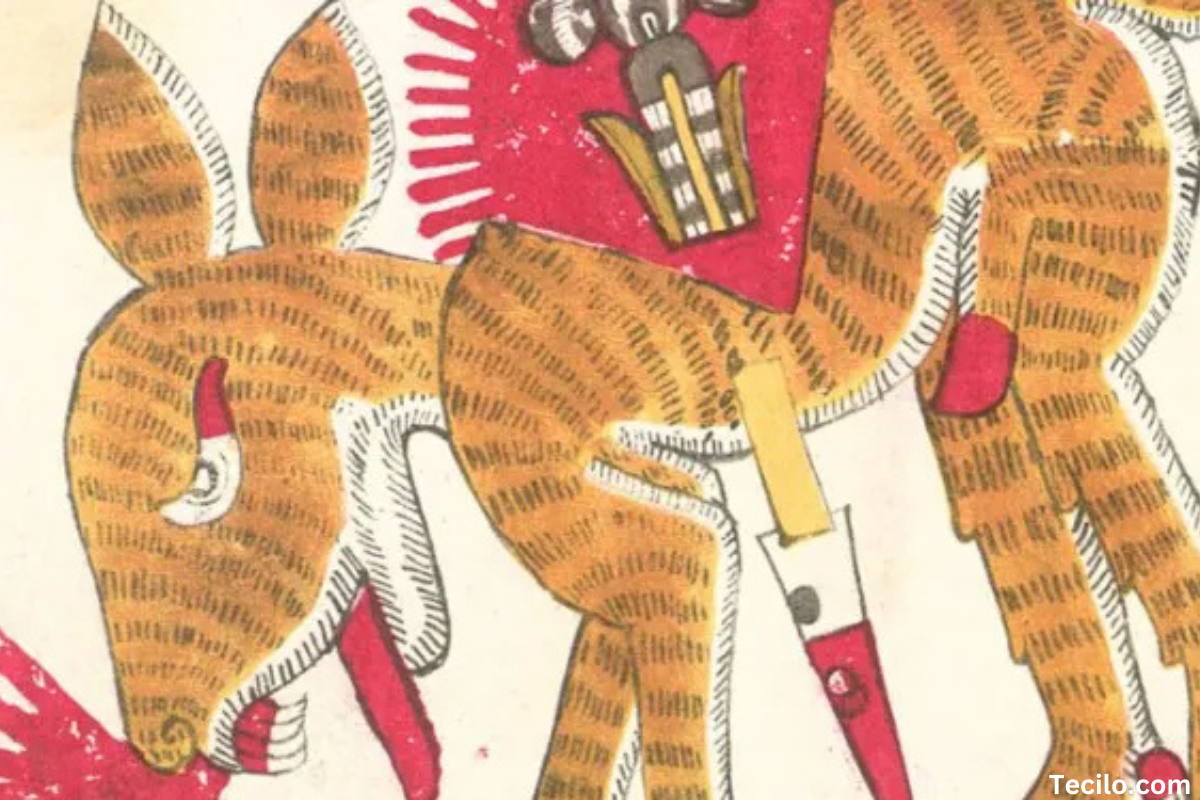
The Role in Society
In ancient societies, they were often linked with shamans or spiritual leaders who possessed the knowledge to guide others in connecting with their nahual. These shamans could enter a spiritual realm through rituals and dreams, where they would gain wisdom and protection from their animal counterpart.
They served as a bridge between the human and spiritual worlds, giving these individuals power over natural forces, the weather, and even the fate of their communities. People sought out shamans to interpret dreams, perform healing ceremonies, or ask for guidance from them.
Modern Indigenous Communities
Although many indigenous traditions have been diluted by colonization and modernity, nahualism has survived in various forms, particularly in rural areas of Mexico and Central America. Nahualism continues to be an integral part of the spiritual practices of many indigenous communities.
Today, humans are often seen not just as animals but as a representation of human characteristics—such as strength, wisdom, or agility. These traits, believed to be inherited from them, guide individuals in their daily lives.
Different Forms of Nahualism
One of the most well-known aspects of nahualism is the belief in shapeshifting. In its ancient form, it was believed that a powerful shaman could physically transform into them, often depicted as jaguars, eagles, or serpents. However, this transformation wasn’t just physical; it was spiritual as well. That was seen as a protector that could influence the natural world.
In addition to shapeshifting, humans were believed to wield control over natural forces, such as storms, crops, or wildlife. This highlights the deep connection between humans and nature in Mesoamerican belief systems.
As a Spiritual Guide
They aren’t just seen as symbols of power but as protectors and guides. They are believed to provide wisdom and protection throughout a person’s life. Dreams are often the key to discovering one’s destiny. Shamans frequently perform rituals to interpret dreams and reveal them that will accompany an individual.
This relationship between natural and human is a two-way street, where the individual must also care for their in return.
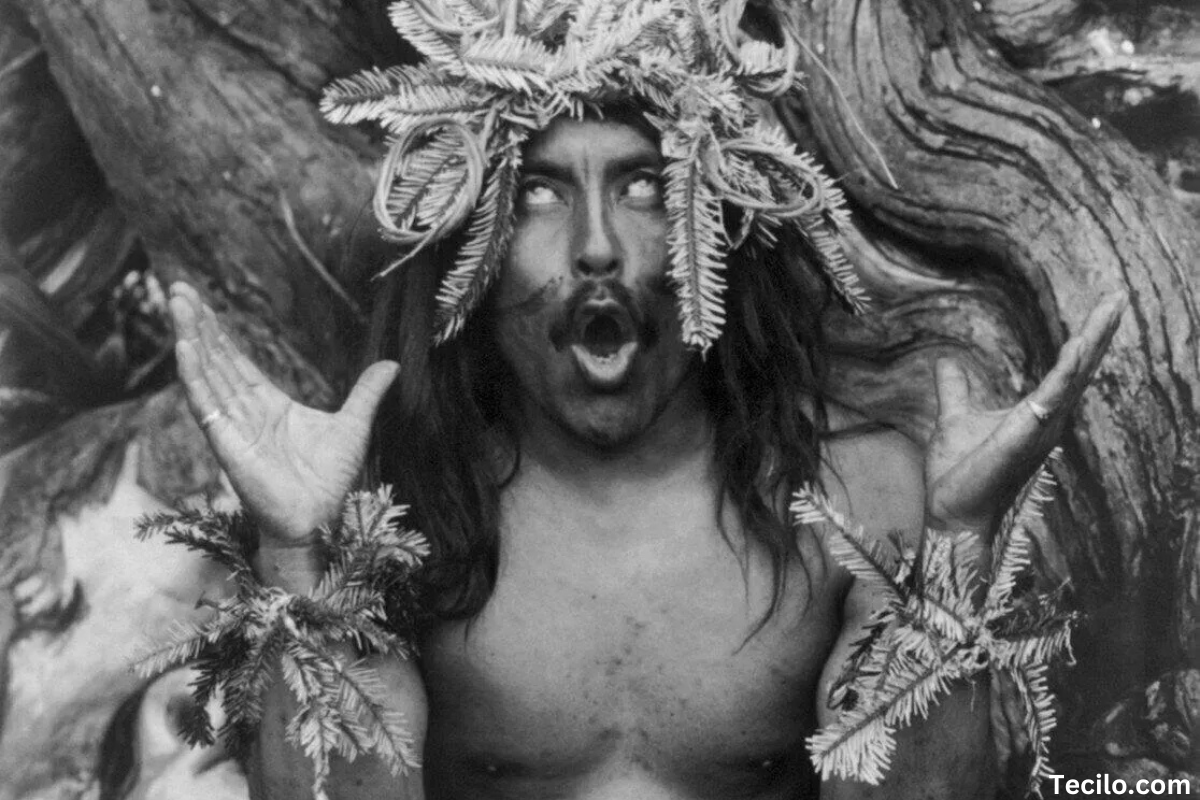
How Nahualism Is Passed Down Through Generations
The teachings of nahualism have been passed down orally for generations. This often involves initiation rituals, where individuals are introduced to the deeper mysteries of them by a shaman or elder in the community.
These ceremonies usually involve fasting, meditation, and offerings to the gods, aiming to strengthen the bond between the individual and them. The survival of these practices is crucial for preserving the cultural heritage of indigenous communities.
Nahualism and Astrology
Nahualism is deeply intertwined with astrology. The ancient Maya believed that a person was determined by their birth date, with specific animals corresponding to different days in the Mayan calendar. This system reflects a broader belief in the interconnectedness of the cosmos and human life.
The Nahual and the Duality of Human Nature
The concept of the natural also reflects the duality of human nature—the balance between the animalistic and human sides of ourselves. By connecting with their natural, individuals are said to embrace both their human intellect and their primal instincts, creating a harmonious balance within themselves.
Famous Nahual Myths and Legends
Mesoamerican mythology is full of stories about them. From the jaguar gods of the Olmecs to the eagle warriors of the Aztecs, these legends emphasize the deep reverence that ancient cultures held for them. One famous story tells of Tezcatlipoca, the Aztec god of night and sorcery, who could transform into a jaguar at will, showcasing the power and mysticism of them.
How Nahualism Differs from Other Shamanistic Practices
While shamanistic practices exist worldwide, nahualism is unique in its combination of animal transformation, astrology, and cosmic alignment. Unlike some other traditions, where the shaman simply channels spirits, in nahualism, the individual becomes one with their animal counterpart.
Symbols and Rituals Associated with Nahualism
Nahualism is rich with symbols, many of which are still recognized today. The jaguar, for instance, is one of the most powerful symbols, representing strength and leadership. Rituals often involve offerings, chants, and symbolic animal representations to honor them and the gods.
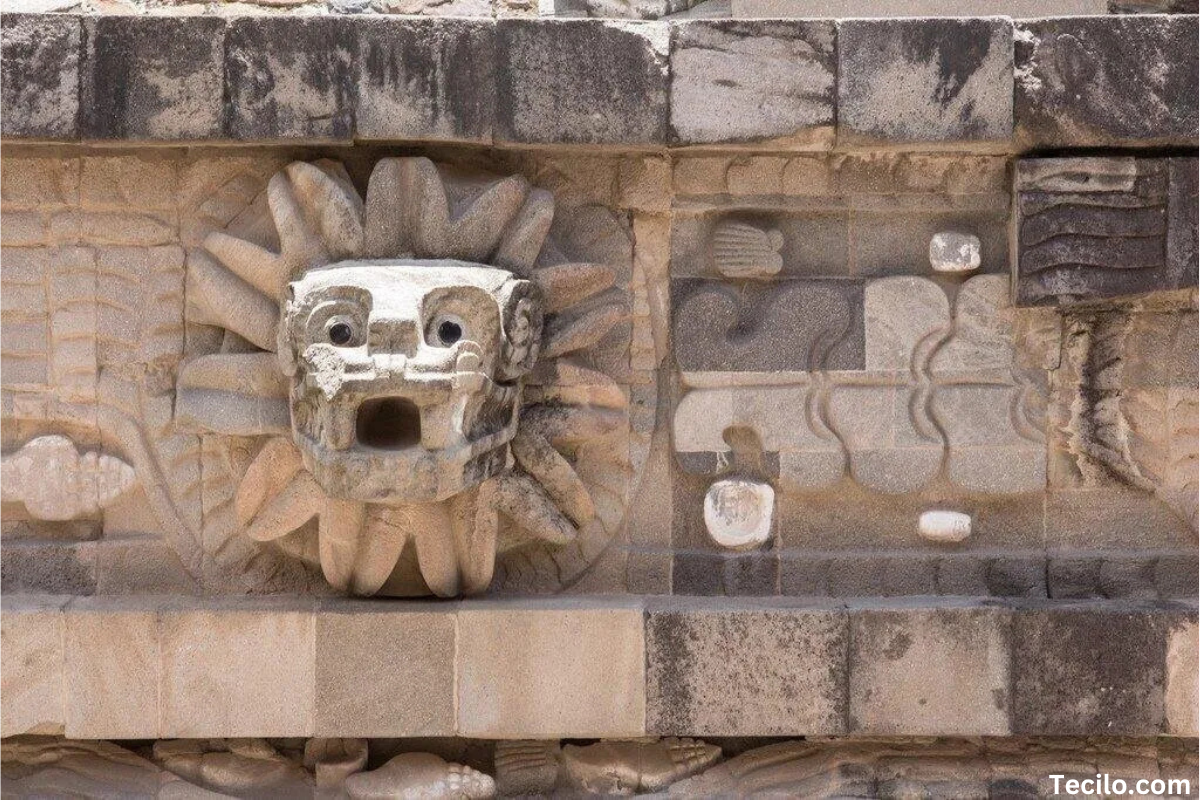
The Controversy Surrounding Nahualism
Nahualism has often been misunderstood, especially by outsiders. In colonial times, Spanish settlers frequently demonized the practice, branding it as witchcraft or devil worship. Even today, some indigenous people face prejudice for continuing to practice nahualism.
Nahualism in Popular Culture
In recent years, there has been a resurgence of interest in indigenous spiritual practices, including nahualism. This can be seen in literature, films, and art that celebrate Mesoamerican traditions. Movies and books often feature characters who can transform into animals, drawing directly from the ancient concept of the them.
The Future of Nahualism
The preservation of nahualism faces many challenges, particularly with the ongoing globalization and cultural assimilation of indigenous communities. However, efforts to revitalize and protect indigenous spiritual practices are growing as younger generations strive to keep these traditions alive.
Conclusion
Nahualism is a powerful and mystical belief system that offers a unique perspective on the relationship between humans, nature, and the cosmos. Rooted



